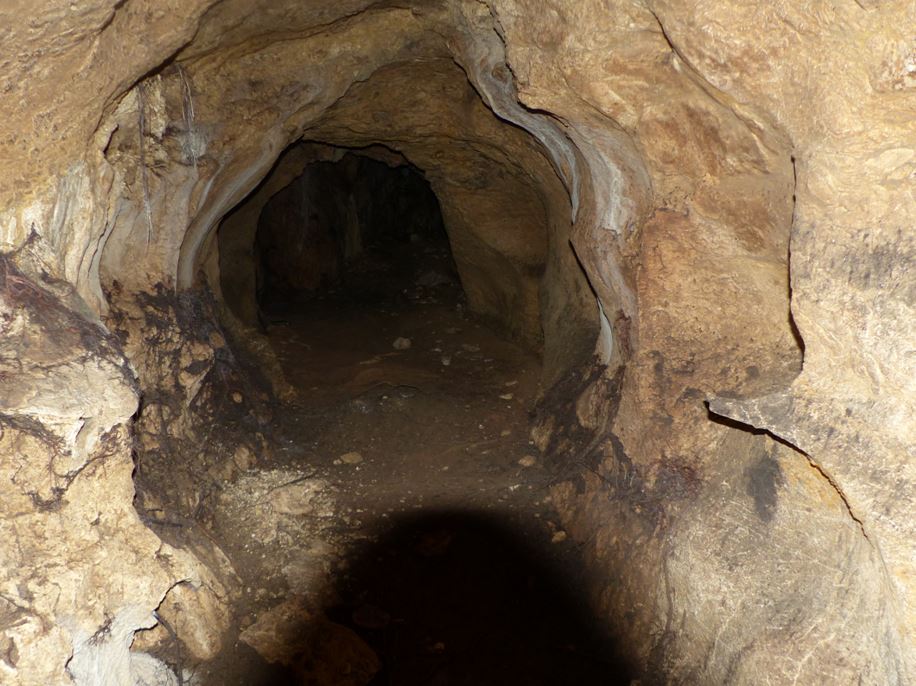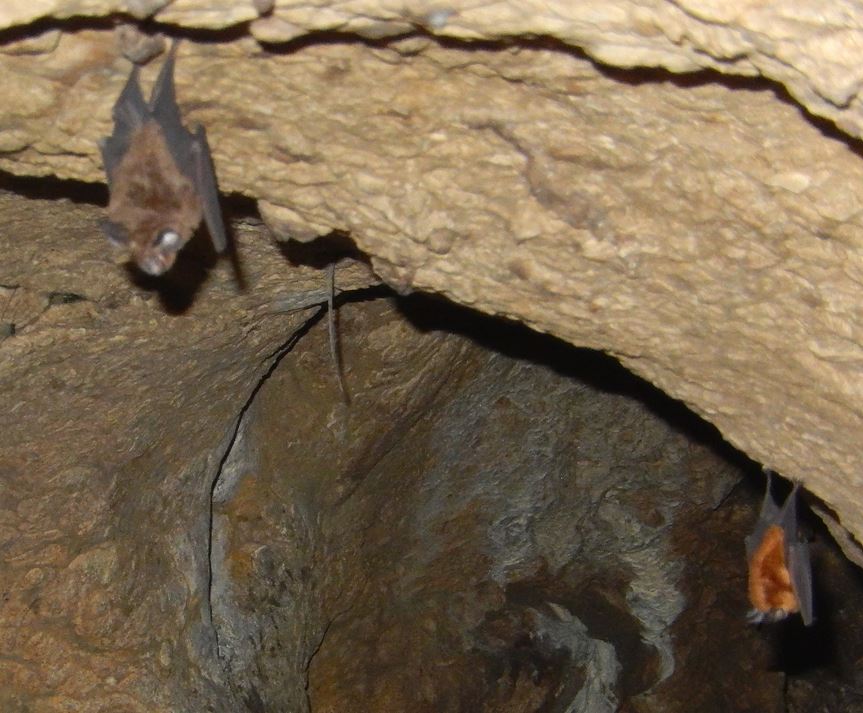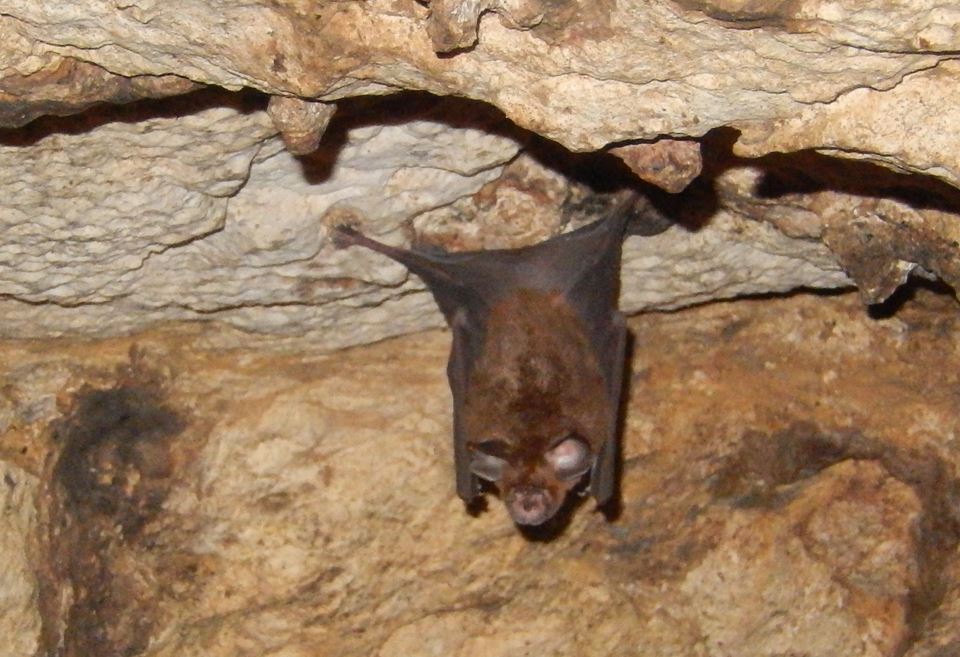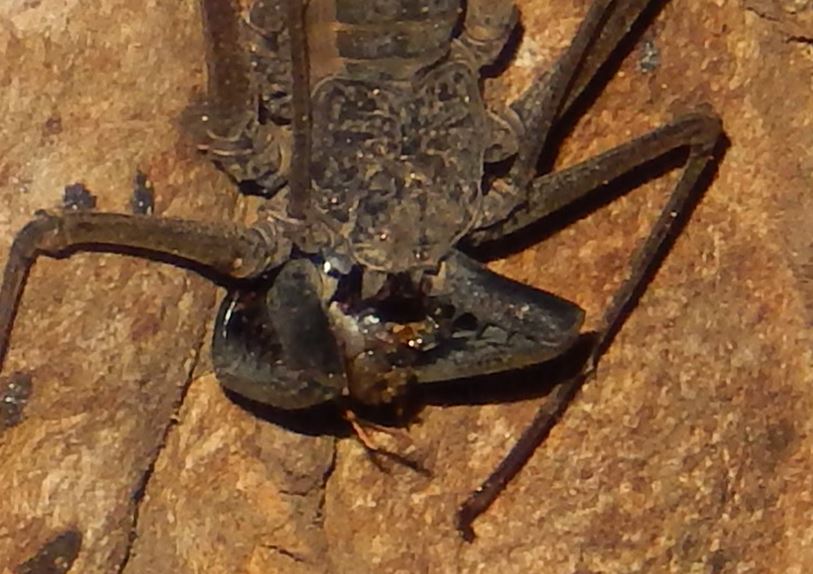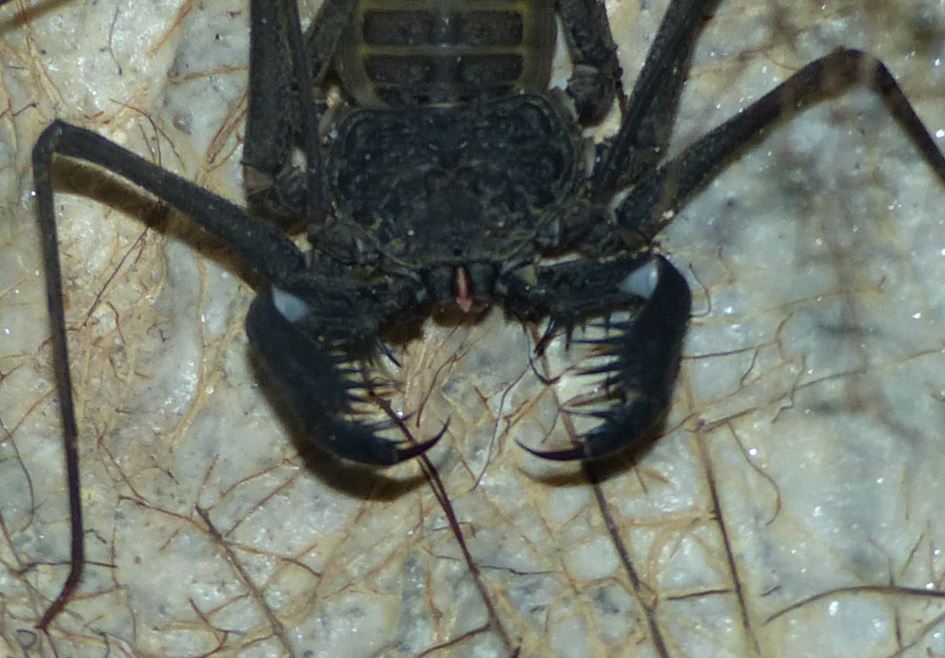Prima Education

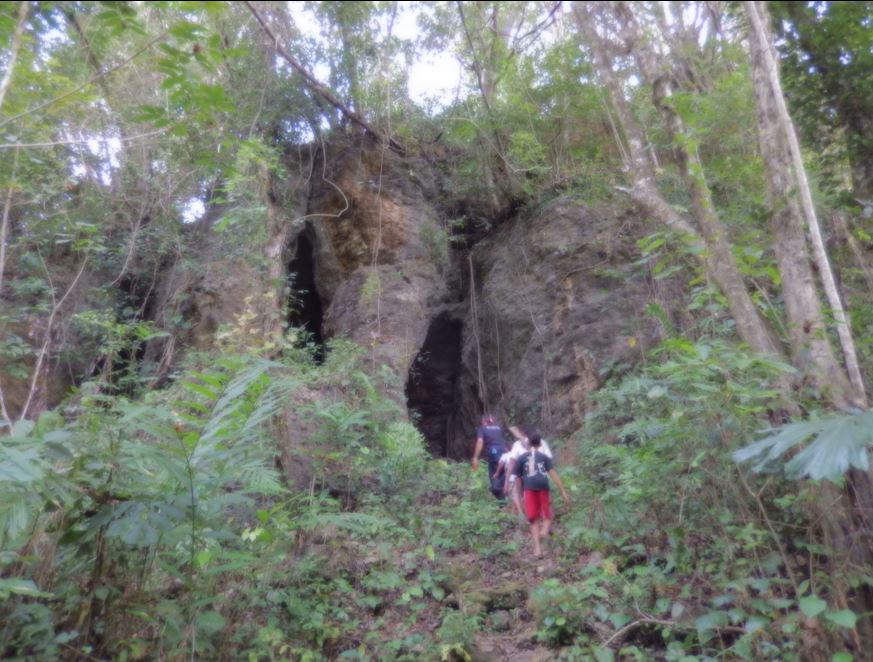
Liang Ndara is a little known limestone cave off the beaten track outside the bustling harbor town of Labuan Bajo. Access is via a rough road that runs through the small village of Wae Moto. While Liang Ndara isn’t a particularly big or spectacular cave it has both local historic and ecological significance. During the Indonesian War of Independence (1945-1949) locals would use Liang Ndara as a hideout during periodic conflict with the Dutch colonial forces.
What makes it interesting from an ecological perspective is the presence a small population of “whip-spiders” (Order: Amblypygi; species Phrynus exsul). What is unusual about the presence of this species is that it represents a family of invertebrates, previously only recorded in the Americas. How it came to be in Flores is of ongoing scientific interest. These intimidating creatures are typically found in caves, are non-poisonous, rarely bite, and feed on other cave dwelling insects. One individual we saw appeared to possibly be feeding on a juvenile Intermediate Horsehoe bat (Rhinolophus affinis princepts), however we could not be certain. There are observations of another whip spider, Heterophrynus cheiracanthus,. in the Caribbean “fishing” for freshwater prawns so perhaps small bats can be on the menu.
Liang Ndara, like some other caves in the region also provides home for a species of harmless and non-aggressive paper wasp, which builds a tiny nest connected by a slender stem or “pedicel” to the cave ceiling. Research has revealed chemicals secreted by some wasps in this genus (e.g. Polistes annularis), around the base od the pedicel, discourage ants from preying on the larval wasps inside their “paper” nest.


